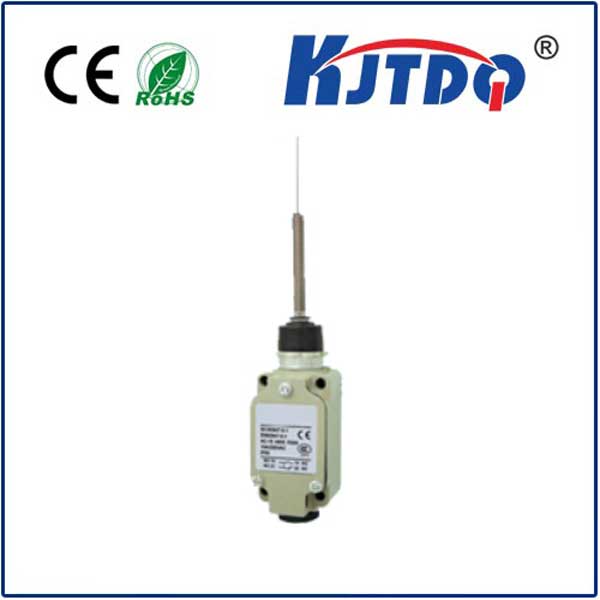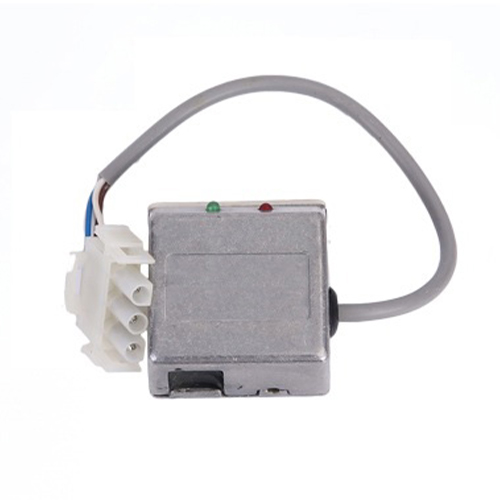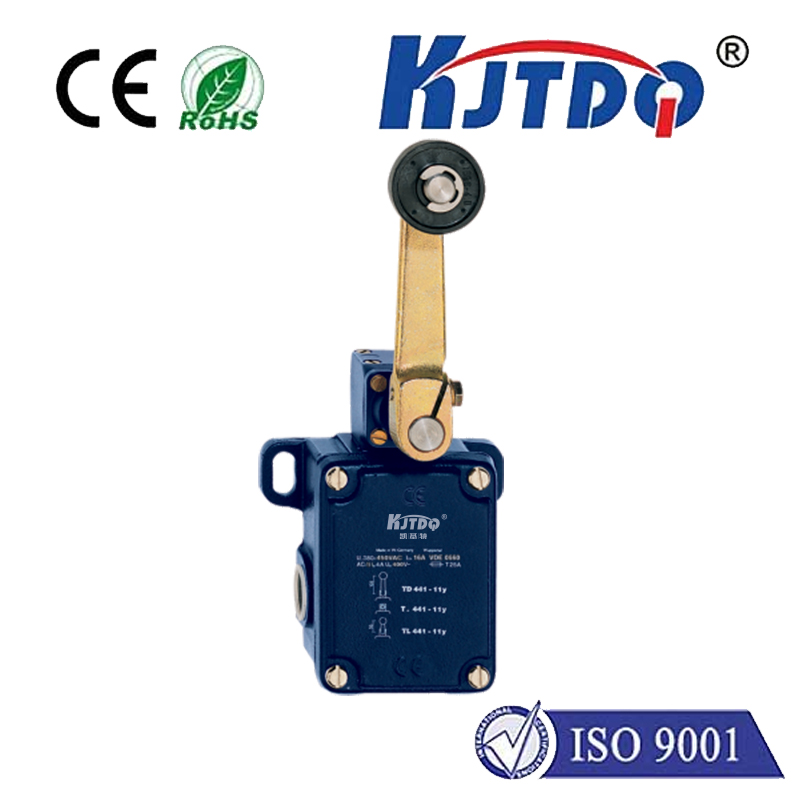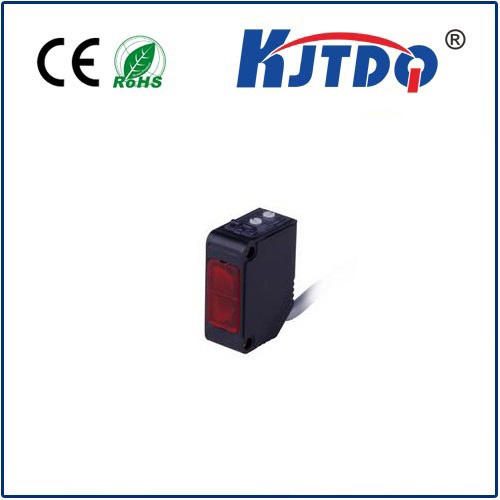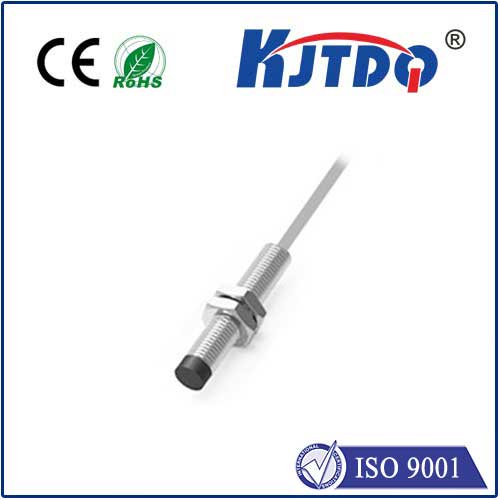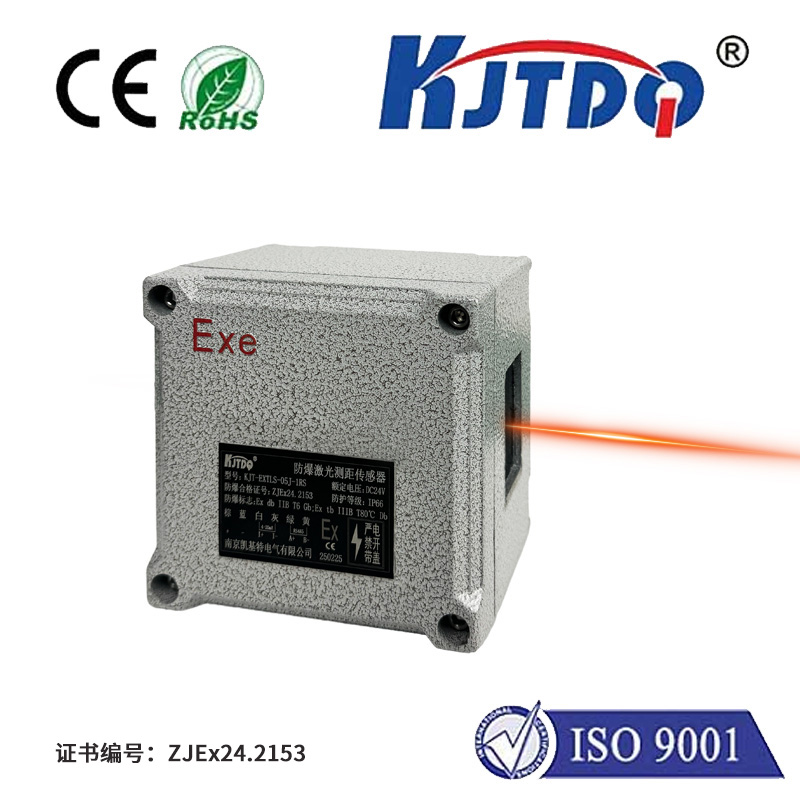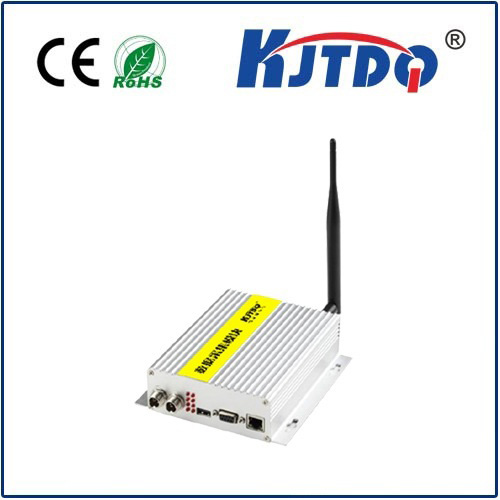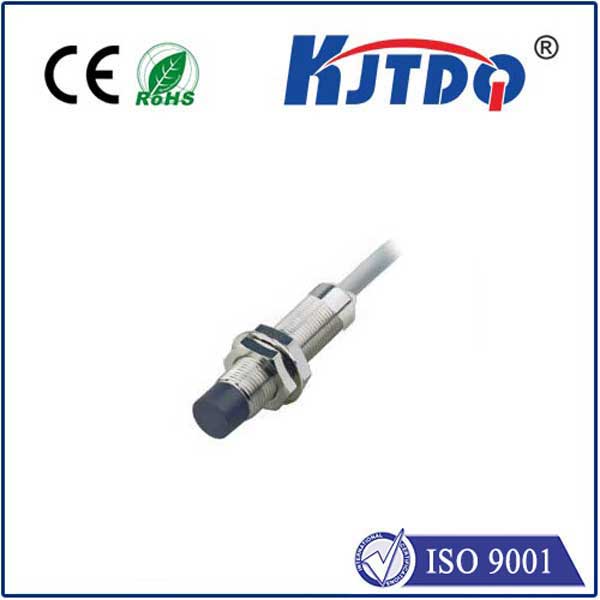photoelectric infrared ir sensor diffues
- time:2025-09-12 00:58:15
- Click:0
Understanding Diffuse Reflective Photoelectric Sensors: Infrared IR Technology Explained
In the intricate dance of modern automation, unseen sentinels stand guard, controlling processes, detecting objects, and ensuring safety. Among the most versatile and widely used are diffuse reflective photoelectric sensors employing infrared (IR) light. While they operate silently and often go unnoticed, understanding their principles is key to appreciating their role in countless applications, from factory assembly lines to your office printer. This article delves into the world of photoelectric infrared IR sensor diffuse technology, explaining how it works, its strengths, limitations, and where it shines.
The Core Principle: Light, Reflection, Detection
At its heart, a diffuse photoelectric sensor operates on a beautifully simple concept: shine a light and see what bounces back. Specifically, it uses infrared radiation – light just beyond the visible spectrum – as its medium. Unlike their “through-beam” or “retro-reflective” cousins which require a separate reflector or receiver opposite the emitter, the *diffuse type houses both the infrared emitter (usually an IR LED) and the photoelectric receiver (like a phototransistor or photodiode) in a single housing.
Here’s the basic workflow:
- Emission: The internal IR LED emitter projects a beam of infrared light towards the target area.
- Reflection: When an object enters this beam, the infrared light hits its surface. Crucially, the sensor relies on diffuse reflection. This means the light scatters in many directions off the object’s surface, regardless of its specific angle relative to the sensor (unlike specular reflection, like a mirror).
- Detection: A portion of this scattered infrared light travels back towards the sensor housing. The internal photoelectric receiver is designed to be sensitive to this specific wavelength of IR light. When enough reflected light intensity reaches the receiver, it triggers an output signal indicating the object’s presence.
- Absence: When no object is present, the emitted IR light either dissipates into the background or reflects off distant surfaces (like a wall or machine frame). The key is that the amount of light reflected back to the specific receiver location is significantly lower than when an object is close enough. The sensor electronics detect this difference in received light intensity.
Why Infrared? The Invisible Advantage

Using infrared light offers distinct advantages for photoelectric sensing:
- Immunity to Visible Light Interference: Since ambient visible light (from room lighting, sunlight, etc.) doesn’t register on the IR-specific receiver, the sensor is far less prone to false triggers caused by changes in room brightness.
- Consistency: IR LED emitters provide a consistent, reliable light source.
- Human and Machine Safety: Infrared radiation in the wavelengths used by typical sensors is safe for eyes and doesn’t interfere with other visible-light-dependent processes.
The Strengths of Diffuse Sensors
Diffuse reflective photoelectric sensors offer compelling advantages that explain their widespread adoption:
- Simplified Installation: The biggest benefit is needing only one point of installation. There’s no wiring or alignment required for a separate reflector or receiver unit across the detection path. Just mount the sensor where you need detection.
- Cost-Effectiveness: This single-unit design naturally makes them more economical than through-beam or retro-reflective sensors requiring multiple components.
- Compact Design: Combining emitter and receiver allows for smaller sensor housings, ideal for space-constrained applications.
- Detection of Non-Reflective Objects: While they work best on reasonably reflective targets, they can detect a wide variety of matte or diffusely reflective surfaces (like cardboard, wood, plastic, fabric, most liquids) effectively. Their ability to detect objects without needing a specific reflective target directly opposite is fundamental.
- Versatility: Suitable for object detection, counting, level control, and presence/absence verification across diverse industries.
Navigating the Limitations: Understanding the Trade-offs
Despite their strengths, diffuse IR sensors have inherent limitations to consider:
- Sensing Range: They have the shortest effective operating range compared to through-beam and retro-reflective sensors. Maximum range is highly dependent on the target’s size, color, and surface texture. Dark, matte black, or very rough surfaces absorb more light, resulting in less reflection and a significantly reduced practical range. Always refer to the sensor’s specifications for effective range based on a “standard white” target.
- Background Suppression Challenge: Detection relies on the contrast between light reflected from the target object and light reflected from the background. If the background is very reflective or close, the sensor might struggle to distinguish the object. While some diffuse sensors incorporate background suppression (BGS) technology (using triangulation or multiple receiver elements to focus on a specific distance), standard diffuse types do not have this inherently.
- Color and Surface Dependence: As mentioned, performance varies significantly with target color and finish. A white target reflects vastly more IR light than a black one. Glossy surfaces can cause problematic specular reflection that directs light away from the receiver. Understanding your target material is critical for reliable operation.
- Potential for False Triggers: Highly reflective objects or surfaces in the background, or even dust accumulating heavily on the sensor lens, can sometimes reflect enough light to falsely indicate an object’s presence. Careful installation and sensor selection mitigate this.
Where Diffuse IR Sensors Excel: Applications
The diffuse photoelectric infrared IR sensor finds application practically everywhere automated detection is needed within its operational constraints:
- Packaging and Material Handling: Detecting boxes, bottles, cans, or pallets on conveyors; verifying presence in filling stations; detecting gaps in product flow.
- Printing and Paper Handling: Detecting paper jams, verifying paper presence in feeders or output trays (common in printers/fax machines).
- Assembly Automation: Confirming part presence before a robotic operation; counting components on a line; detecting misaligned parts.
- Level Detection: Monitoring fill levels in bins or hoppers (for non-transparent materials, especially at high/low points).
- Access Control: Simple presence detection for automatic doors (though safety-rated devices are essential).
- Vending Machines: Detecting product dispensing or verifying selections.
- Consumer Electronics: Touchless faucets, soap dispensers, trash can lids.
Optimizing Performance: Key Considerations
To get the most out of your diffuse reflective photoelectric sensor:
- Know Your Target: Understand its size, color, and surface texture. Test with the actual object if possible.
- Mounting Angle: Position the sensor perpendicular






